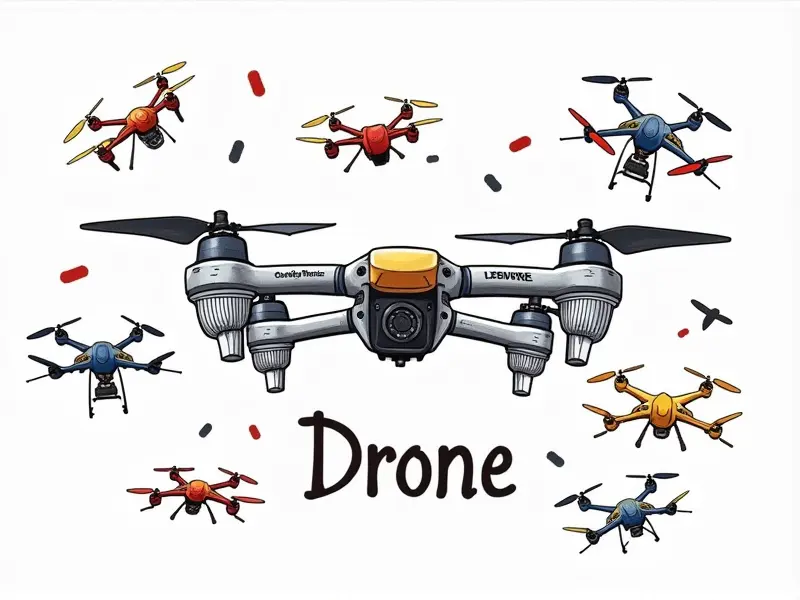Can drones fly in the rain?

Can Drones Fly Safely in Rain?
Flying drones in rain poses several challenges and risks. The primary concern is that water can damage electronic components, leading to malfunctions or even permanent damage. Additionally, visibility decreases significantly during rainy conditions, making it harder for pilots to control their drones effectively.
Is It Okay to Fly Drones in Drizzle?
Flying a drone in light drizzle might seem less risky than heavy rain, but it still poses significant risks. Even small amounts of water can seep into sensitive areas and cause short circuits or corrosion over time. Therefore, it's generally advisable to avoid flying drones during any form of precipitation.
How Weatherproof Are RC Quadcopters in Rain?
The weather resistance of RC quadcopters varies widely depending on the model and manufacturer. Some high-end models are designed with water-resistant features such as sealed compartments for electronics, but even these may not be fully waterproof. It's crucial to check the specifications provided by the drone’s maker before attempting to fly in wet conditions.
Should You Avoid Flying FPV Racing Drones in Rain?
Flying FPV (First Person View) racing drones in rain is particularly risky due to the high speeds involved and the increased likelihood of crashes. Water can interfere with signal transmission, causing lag or loss of connection, which could lead to dangerous situations for both the drone and bystanders.
Can RC Helicopters Handle a Quick Shower?
RC helicopters are generally more susceptible to water damage than fixed-wing aircraft due to their complex mechanical components. A quick shower can cause immediate issues such as motor failure or electrical shorts, making it essential to avoid flying these drones in any form of rain.
Impact of Light Rain on Drone Flight Performance
Even light rain can affect drone flight performance by increasing drag and reducing lift efficiency. This can lead to shorter flight times and decreased stability, making it harder for the pilot to maintain control over the drone.
Tips for Flying RC Airplanes in Slight Rainfall
- Check Weather Conditions: Always monitor weather forecasts before flying. If there's any chance of rain, postpone your flight.
- Use Protective Covers: Consider using waterproof covers or bags to protect the drone when not in use.
- Dry Components Thoroughly: Ensure all components are completely dry before flying after a rainy day.
Risks of Flying FPV Racing Drones in Wet Conditions
Flying FPV racing drones in wet conditions can lead to several risks, including signal interference, reduced visibility, and increased likelihood of crashes. These factors can compromise the safety of both the drone and the pilot.
How to Protect Your RC Helicopter from Rain
- Seal Compartments: Use waterproof tape or silicone sealant on critical areas like motors, ESCs (Electronic Speed Controllers), and batteries.
- Cover the Drone: Store your drone in a dry place when not in use. Consider using a protective case or bag to shield it from moisture.
Can RC Airplanes Tolerate Light Rains?
While some RC airplanes are designed with better weather resistance, they still face risks during light rain. The water can affect the aerodynamics and electronics, leading to reduced performance and potential damage over time.
Effects of Rain on Drone Battery Performance
Rain can significantly impact drone battery performance by causing corrosion or short circuits in connectors. This not only reduces flight duration but also poses long-term risks to battery health and overall system reliability.
Conclusion
Flying drones in rain is generally discouraged due to the high risk of damage, reduced performance, and potential safety hazards. While some models may offer better weather resistance, it's best to err on the side of caution and avoid flying during any form of precipitation unless absolutely necessary.

